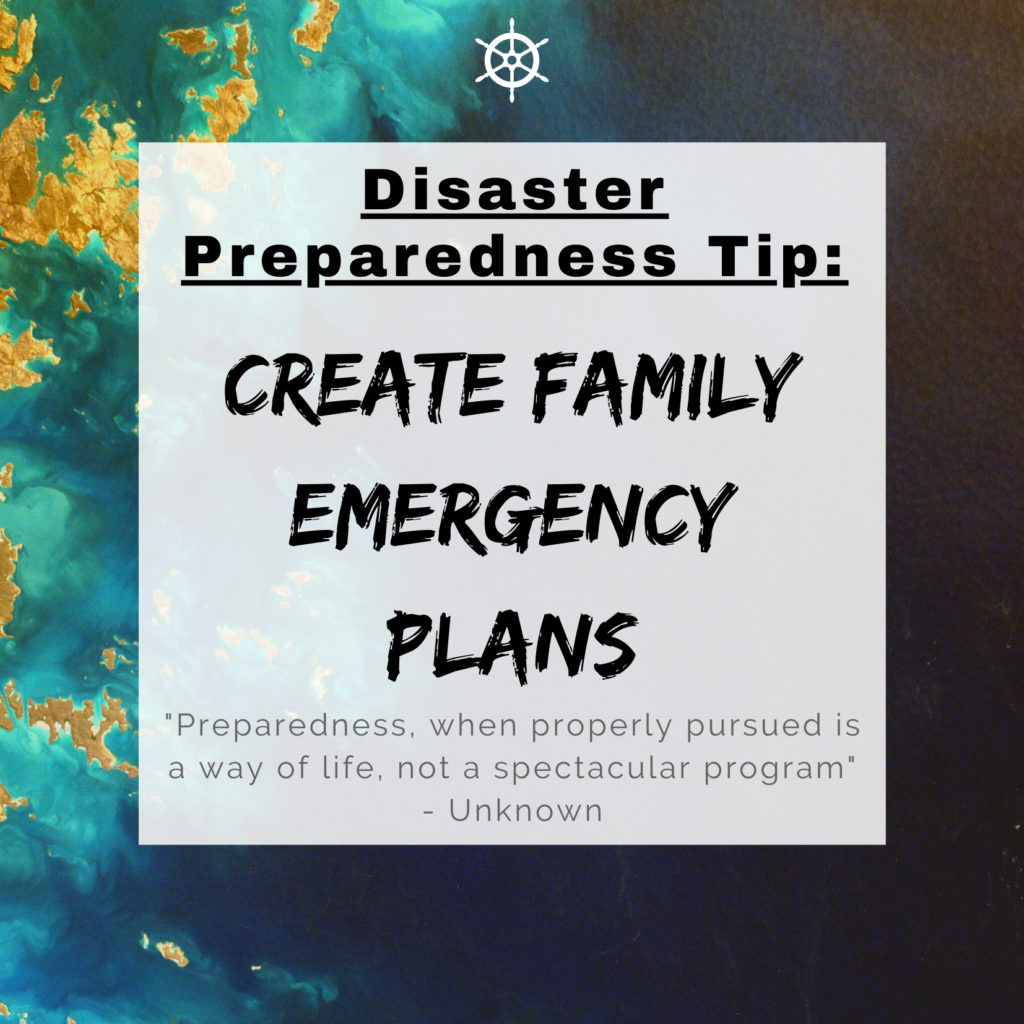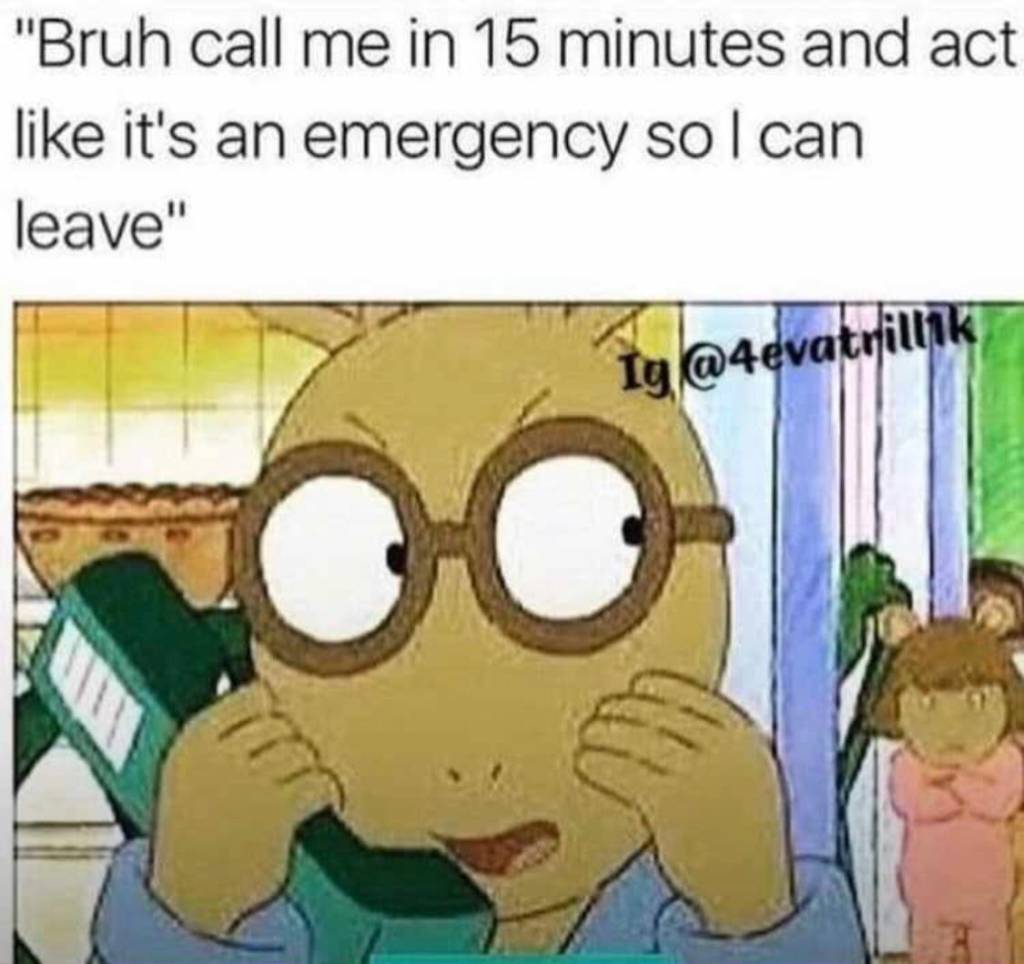Parents and schools drilled into us to call 9-1-1 or 9-1-9 (whatever works for your respective countries), Stop-Drop-and-Roll and Stranger Danger. Although these life rules are important to remember, something to consider to create an emergency plan that encompasses your entire family.

You may not be together with your family when an emergency or disaster strikes, and you may not be able to contact anyone right away, so having an emergency plan ensures that everyone will be on the same page on what to do and where to go. This doesn’t just apply to natural disasters like hurricanes and fires, but this also applies to in-house or on the road emergency situations for if you or a family member feels unsafe.
Here are some tips to include in your emergency plans:
1. Family emergency code words and emojis. Having a family code word for dangerous or emergency situations is helpful in alerting your family that you may need help, while also not drawing too much attention from the people that may be putting you in harm’s way. Something simple but clear like sending “XXX” or unique emojis to let your family know that you need help.

This is even helpful if you have small children. Experts advise creating family passwords for if you have to send another adult to pick your kids up from school. That way, your child can ask that adult for the password if they are approached by someone offering them a ride. If the person is unable to provide the correct password then your child knows not to go with them and to seek help immediately.
2. Have escape routes and a safe meeting spot away from home. You should know all ways to escape your house in case of an emergency, and practice emergency exit strategies at least 2 times a year. In addition, your family emergency plan should have a safe meeting place away from the home in case you are separated or not together when an emergency happens, but easily accessible to everyone like a public, well-lit park or a gas station. And be specific about the meeting place like saying “meet by the swing set” or “the entrance to the store of the gas station”. If you have pets think of animal friendly locations.
3. Have an out of city, state or island contact. Your family should decide on one or two contact persons who live at least 100 miles away. So, if a disaster strikes and you aren’t able to contact your family members locally, you and your family can reach your contact person to report on your own status, check on others and reconnect with your family. This contact person may also be able to provide a place to stay if you are displaced by a disaster event.
4. Create a list of emergency contacts. This list should be in your cell-phone contacts and have physical copies in convenient places around the house and vehicles in case you need it on the go. This includes your police, nearest hospital and ambulance service, emergency 24-hour clinics, family members and out of state/island contacts who know your emergency plans.
5. Have Emergency Supplies readily available. Have your emergency kit ready to carry with you in a backpack and a duffle bag.
Once your family creates the plan, practices it and solidifies it, DO NOT change your plan. Practice and revise your plan regularly so everyone can remember it. If an emergency arises you need to be sure that everyone is sure about what to do and where to go without second guessing. Stick to your plan and use the codewords you create with your family to ensure complete safety.
Remember: Teamwork makes the dream work!



